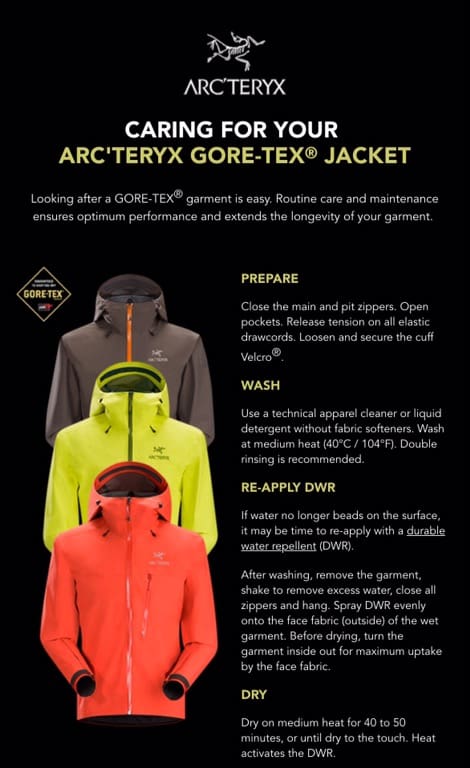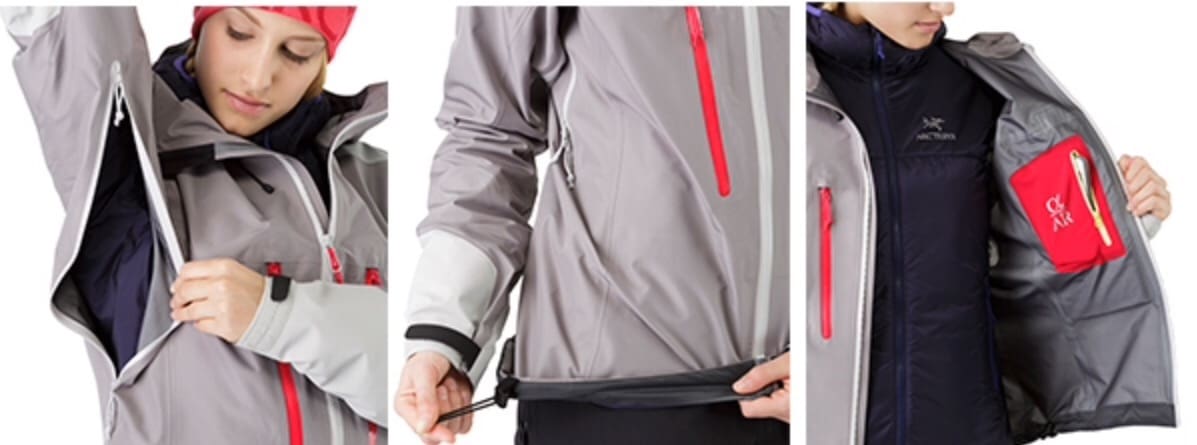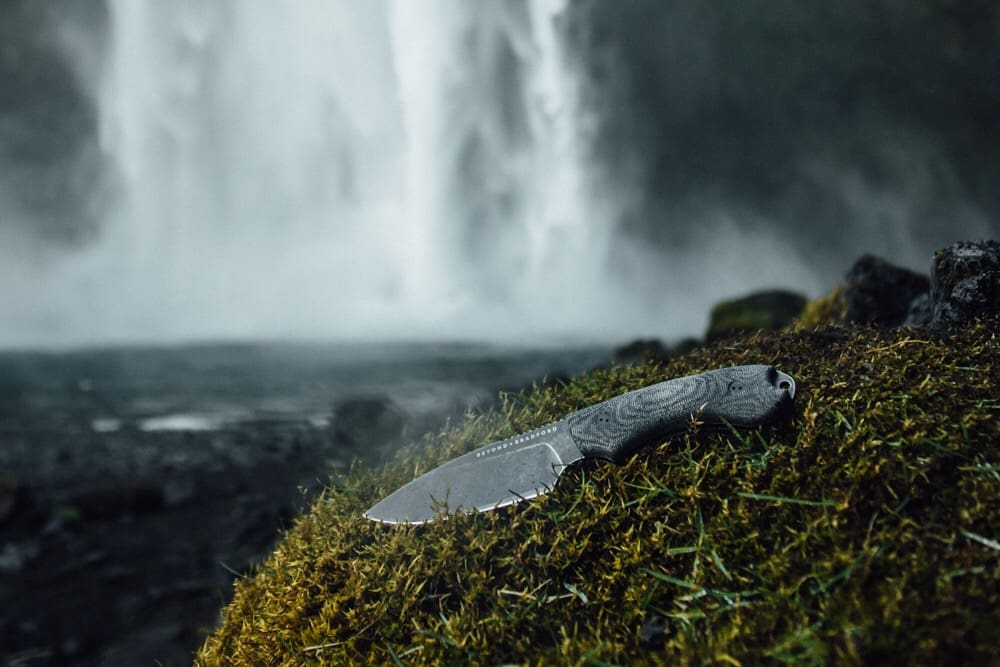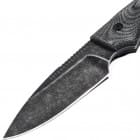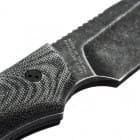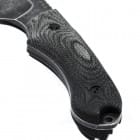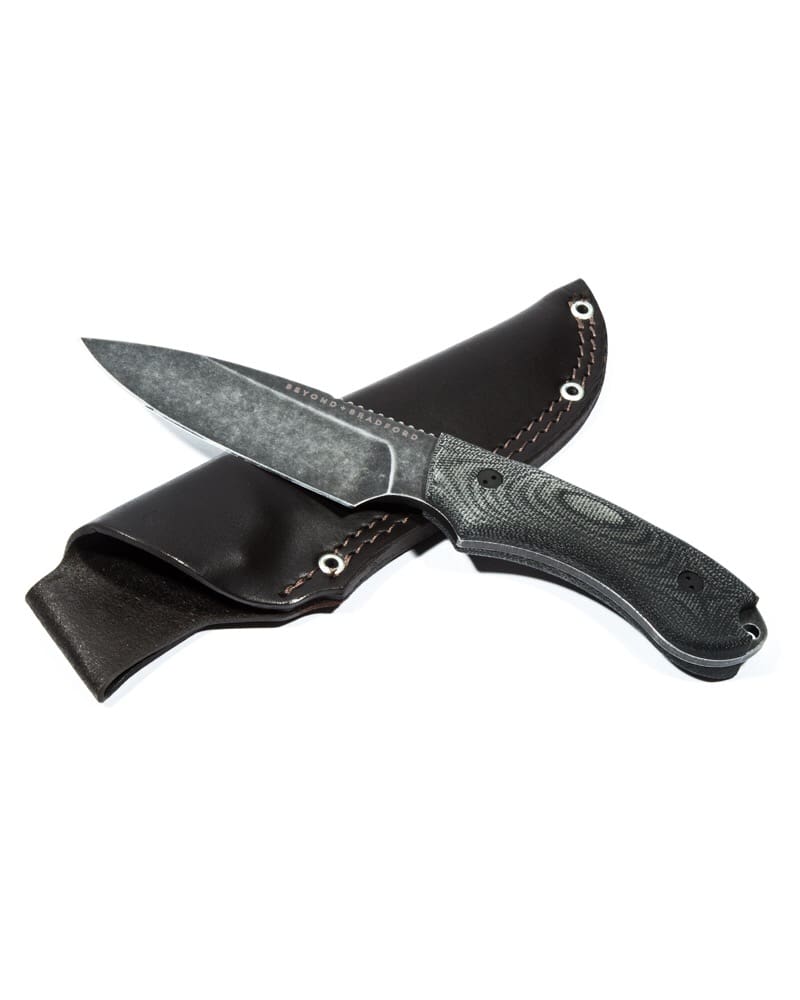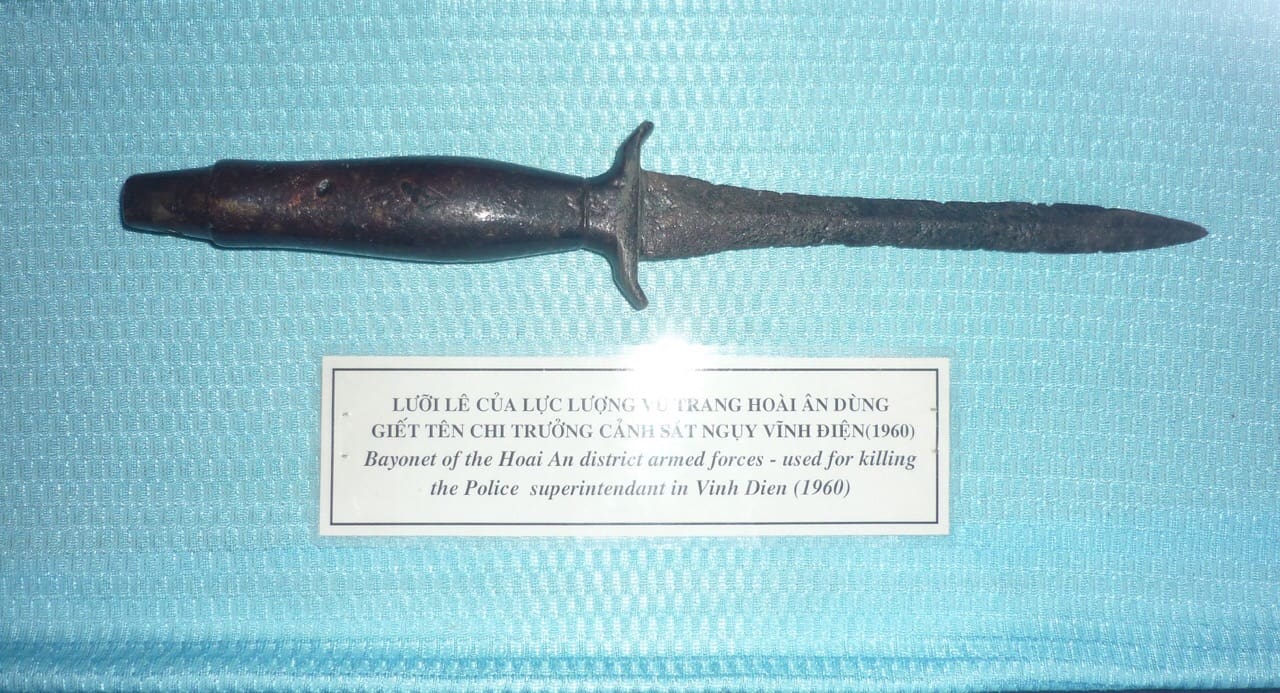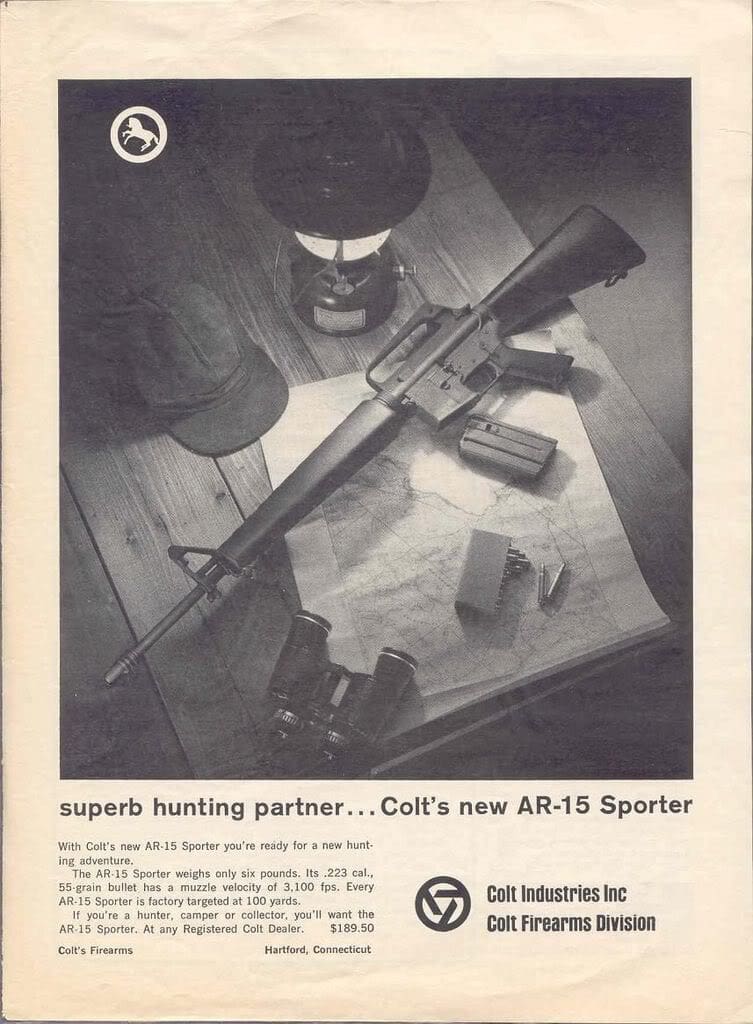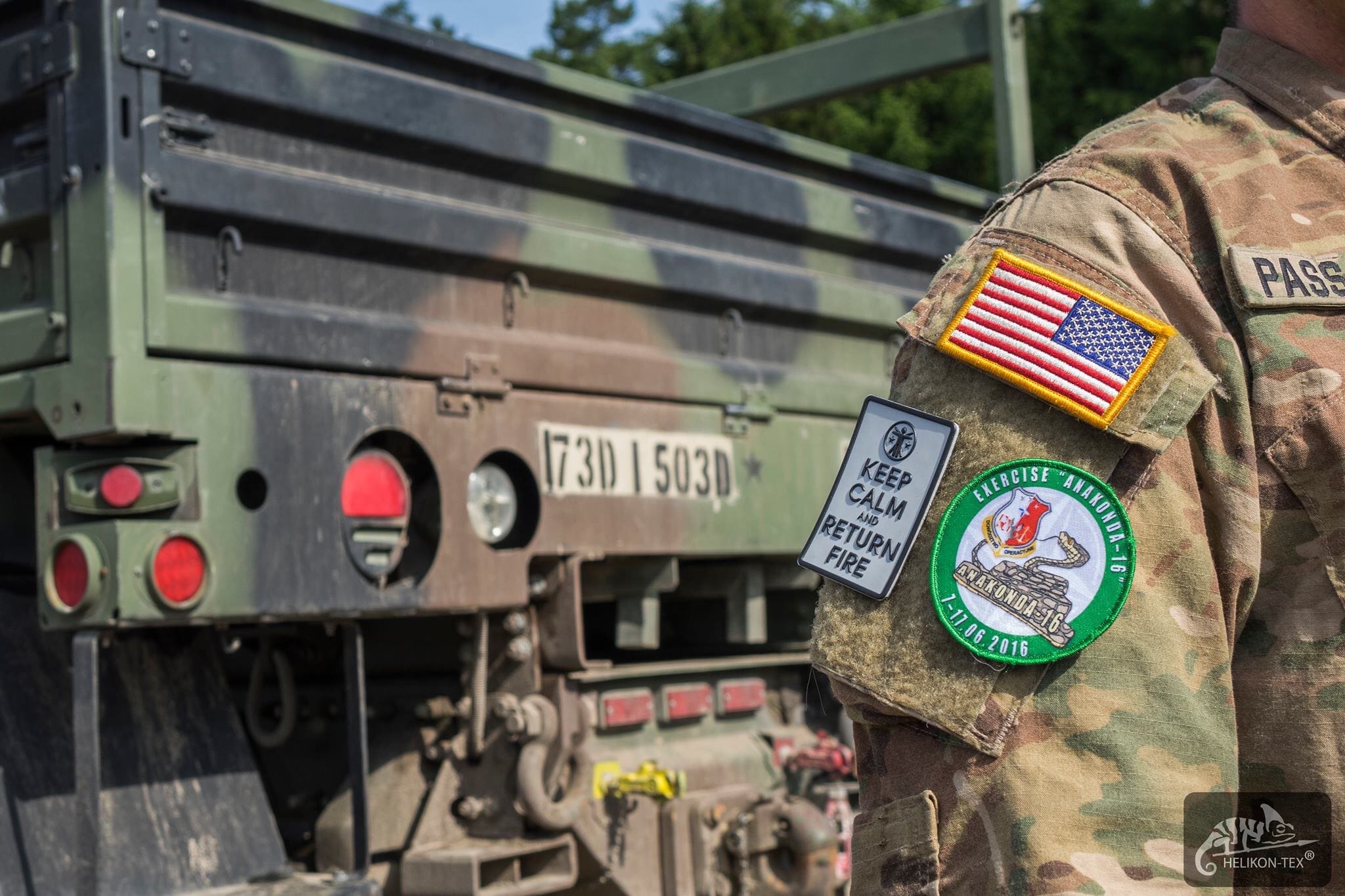Phoenix, AZ– June 22, 2016 – Ryan McMillan and the McMillan Group, worldwide leader in firearms industry innovation, announces the launch of Grayboe Stocks in association with the McMillan Group of companies. Utilizing new materials and processes, Grayboe continues the legacy of industry leadership that the McMillan Group has pioneered for more than 40 years while advancing stock technology throughout the entire firearm industry.
“When running the rifle company, we saw an opportunity in the mid level price range of stocks that are available to gun builders and OEMs.” Said Grayboe CEO, Ryan McMillan. “We had conceptualized the idea of creating a high quality, high volume, and low price stock in the past, and Grayboe brings that conceptualization to reality.”
“We have worked for several years to provide the industry with an affordable off the shelf fiberglass and epoxy stock.” Said Kelly McMillan, CEO McMillan Group International. “It took Ryan’s background education and experience in the firearms industry to perfect the process and bring it to the market.”
The idea behind the creation of Grayboe began over a decade ago when McMillan Fiberglass Stocks realized the need for a more efficient and cost effective way to make high quality epoxy based stocks.
Grayboe is the culmination of two years of intense R&D, which began by building on McMillan’s earlier successes and research. Having adapted cutting edge engineering and materials from various industrial sectors, Grayboe innovations led to the development of a manufacturing process that produces rifle stocks unlike any others before. The completely new process has established a high benchmark of strength and stiffness that others will want to follow. This newly developed method of manufacturing brings together high volume and low costs to the well established Epoxy based rifle stock market. Thru these efforts, Grayboe has revolutionized the way in which thermoset stocks are produced, filling an industry void that has been left empty for decades.
Grayboe Stocks cannot be equaled in durability, accuracy, or price.
For more information on Grayboe Stocks, please visit: grayboe.com



